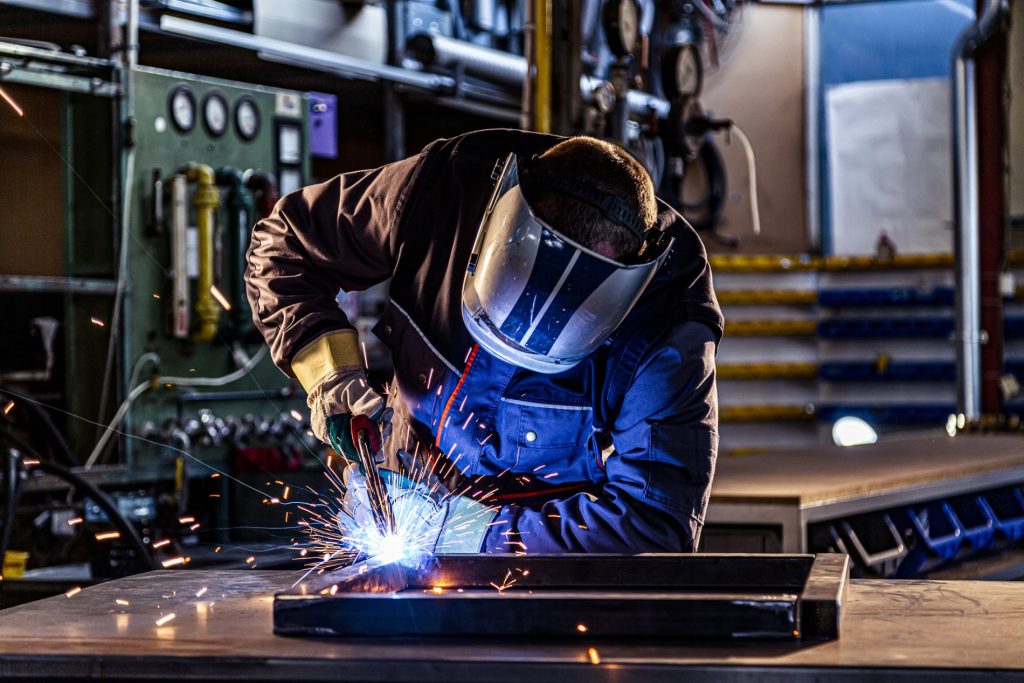Why Your Resume Still Matters in an AI-Driven Job Market
In today’s fast-moving job market, it’s easy to assume that automation and artificial intelligence (AI) have taken over recruitment. Though it may be a daunting thought that your resume is sent through an application tracking systems (ATS), know that your resume still plays a critical role. The rise of recruitment technology and ATS’s, a strong,…
In today’s fast-moving job market, it’s easy to assume that automation and artificial intelligence (AI) have taken over recruitment. Though it may be a daunting thought that your resume is sent through an application tracking systems (ATS), know that your resume still plays a critical role. The rise of recruitment technology and ATS’s, a strong, well-crafted resume is still one of the most powerful tools in your job search.
Even with AI screening and automaton, our resume is still the first impression you make, to both machines and humans. With hiring teams now relying on this technology to shortlist applications it’s good to know how they work. They scan for key words, job titles and skills before a recruiter even looks at them. That means that if your resume isn’t ATS-friendly then you could be filtered out. Even if you’re the ideal candidate.
The Struggle Against Application Tracking Systems (ATS)
With an estimated 70% of recruiters in Australia that use an ATS or similar tech driven recruiting tools, we as job seekers need to adapt to the changing technology. While the emersion of ATS has increased efficiency and organisation for recruiters there are a few downsides to the technology.
AI Over-use
One emerging concern: when both applicants use AI to generate resumes and evaluators use AI to assess them, there’s evidence of self-preferencing bias. In other words, AI systems may favour resumes that resemble their internal model’s own outputs over human-authored content. One study shows that candidates that use the same model as the evaluator are (up to) 60% more likely to be short listed. In comparison to a human-written resume. Even when the substance is equivalent. This can lead to the risk of rejecting qualified candidates if the ATS does not favour how your resume is written.
Over-Reliance on Keyword Matching
Another concern is over-reliance on keyword matching. People with nontraditional careers, career gaps, or varied roles may be disadvantaged if their resume does not match job descriptions or filters. On the flip side of this “Keyword stuffing” can greatly degrade the quality of your resume. Try to avoid this as ATS tools can sometimes alert to it.
Technical Limitation and Errors
Unfortunately, different ATS’s have different parsing abilities and configurations; what passes one may fail another. This can greatly impact what passes an ATS for multiple reasons. From layout or document type on a resume, to poorly designed ATS filters that can lead to bias and fairness issues.
To combat these problems employers should be designing their job descriptions carefully and monitoring there ATS. But as job seekers we need to understand what these ATS’s are looking for and how we can use that to our advantage.
What Makes a Resume “Good” in an Automated World?
We’ve gathered some practical tips to ensure that your resume thrives in an AI-enabled hiring environment. Remember that a good resume is part marketing tool, part personal brand and part SEO strategy.
Easy for Automation Tools to Read
This means that your resume needs to have clean and simple formatting. Avoid graphics, tables or overly designed layouts. Use a professional structure with clear headings and a readable font. Most applicant tracking systems can’t interpret complex designs and may miss crucial information.
Include Measurable Achievements
When your resume is put through an ATS it normally has the result of looking more at numbers rather than buzzwords. When writing your responsibilities make sure you add that quantifiable impact that you had. Such as “increased X by 40%” or “completed X (amount) installations of X”.
Personalisation Still Matters
Even in a tech-driven hiring process, people still hire people.
While AI and ATS tools are good at identifying keywords, matching skills and scoring “fit” based on patterns. They struggle with context. Adding information to give context for humans where AI can’t see is way for your resume to stand out.
If you’re using AI to write your resume, we suggest using a hybrid approach. Let AI suggest what you need to add to your resume but refine it personally. Explain the why behind your choices, your unique achievements and experiences.
Bonus Tip: Add a Professional Summary
Include a short summary at the top of your resume that captures who you are, what you do, and your key strengths. Think of it as your career snapshot. This is a space where you can add more of a personal touch to your resume and potential keywords.
Recruitment technology is evolving, but the fundamentals remain. A well-written, tailored resume is still your best opportunity to make a great first impression, to both machines and humans. It’s a signal of your competence, your narrative, your clarity, and your intention. While AI will certainly shape how many resumes are screened, the ones that endure will be those that blend structure and substance, optimization and authenticity.
If you’d like help in writing your resume or you’re looking for a new role, reach out to us today at hello@fuse to talk to a team member.







